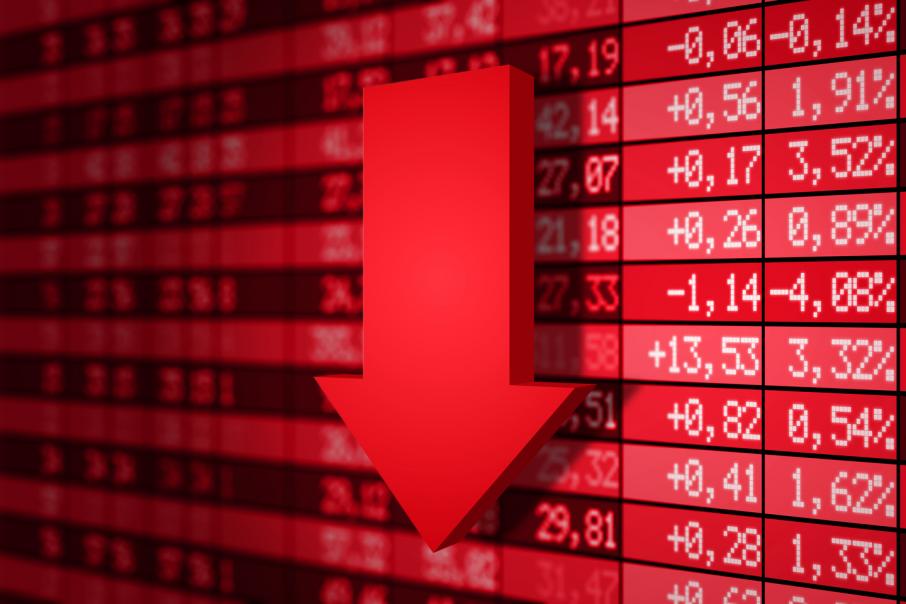Investors hope historical form guides COVID-19 recovery
Article by: Matt Birney
Source: Business News
April 3, 2020
While circumstances change and these times are unique, the market will bounce back; always has, always will – the only question is timing.
This too shall pass: are they just comforting words referencing the cyclical nature of markets and history, or a wishful sentiment in a new age of raging fear and financial gloom?
Warren Buffett puts it well when he says: “We’ve mourned the loss of hundreds of thousands of lives through wars, violence and disease. We’ve witnessed whole industries wither and eventually collapse or suddenly implode. Through it all, the financial markets have always recovered. It might have taken months or recovery may have required years, but it did happen.”
Before the COVID-19 outbreak, global markets were exceptionally robust, with the Dow Jones trading at an all-time high in February. Now, with so many once-revered companies trading at prices that would make speculators froth at the mouth, it is only a matter of time before punters and fund managers alike start to drag global indexes skyward. But when?
Some investors consider picking the market’s highs and lows to be an art, while others consider it a science. Others, perhaps wisely, like to take their lead from history, which has proved the cyclical nature of markets time and again.
The US banking crisis in the 1790s, the depressions of the 1870s and 1930s, the oil price shocks of the 1970s, the 1987 stock market crash, and the 2008 GFC were all extremes in the history of markets. In almost every case the markets rebounded, and in some cases it didn’t take long.
Notably, the one difference about these crises and the one we’re going through now is that they were all financial crises at heart. Certainly we are facing a financial crisis today, however, the current financial conditions are more the effect than the cause, with health at the core of today’s upheaval.
Nevertheless, there are lessons that can be drawn from previous health-related market falls.
• Bird flu
As measured from March 2013, bird flu drove the Australian market down 9 per cent to a trough in June that year before recovering all losses by September 2013 (just six months after the outbreak started and only three months after the market low).
Bird flu actually hit twice, with a second wave ripping almost 6 per cent out of the ASX between November and December 2013. The time to recovery for the second wave from the trough was 3.5 months.
• Zika virus
Tanked the market by nearly 10 per cent from October 2015 to February 2016. Once again, the recovery took just three months with the ASX 200 regaining all of its losses by May 2016.
• SARS
The 2003 outbreak took an 8.5 per cent bite from the ASX in three months, which then took four months to recover.
• Swine flu
Combined with the tail end of the GFC, swine flu managed to drive the Australian market down by nearly 16 per cent from peak-to-trough in just one month between January and February 2009. By April that year the market had regained all of its event-driven losses – a stunning three-month reversal of fortunes from inception to recovery and only two months from the trough to full recovery.
To be clear, what is now casting a pall over financial markets is unprecedented, but history is still the best guide when it comes to making decisions on these matters.
COVID-19 struck when markets were running up all-time highs and credit was in easy supply. Since the market highs of early February this year, equity markets across the globe have experienced the sharpest bear correction in the history of exchange-traded securities, courtesy of coronavirus.
It could be argued the crash of 1987 was sharper, as equity markets lost 25 per cent in a day, but history-making rallies were recorded in the subsequent days. True, the full recovery took almost two years on that occasion, but markets subsequently launched into the heady investment days of the 1990s when US stocks more than tripled in value.
Mr Buffett says that we, as humans, are social beings evolved to follow each other and to conform. Furthermore, the urge to follow the crowd creates volatility because panic and fear are contagious – much like the current virus. As panic spreads, so to does uncertainty and mob madness.
He has been very clear to say that COVID-19 is a big deal, and his firm has taken extreme measures to cope.
But while history does not necessarily repeat itself, there are always trends to highlight how people have dealt with and triumphed over all manner of crises.
“If you look at events that investors responded to with fear over the last 100 years, you will see similar spikes to what we see now during the 1918 Spanish flu outbreak, the October 29 1929 stock market crash and Great Depression, WWII, and the conflicts that followed in Korea and Vietnam,” Mr Buffett says.
Even if recovery is not imminent it is at least inevitable, but it does take time.
Every time we see a market crash, the doomsayers tell us that this one is unlike any crash before, it is deeper and more severe than we have ever seen before and we may never recover; but we always do.
While this COVID-19-inspired crash is deeper and more severe than we have ever seen before, does this mean we will never fully recover? Does it make a mockery of the historic two to three months to recovery that we have seen in previous health-related crashes?
Can we look to the fact that there were no underlying financial issues hanging around before this crash to bask in some level of manufactured comfort?
When the governments of the world get a handle on the spread of COVID-19 (or better still find a vaccine), can we safely predict that markets will come roaring back?
There have been 37 equity market declines of more than 10 per cent since 1950. The average of peak to trough decline lasted 3.5 months and every decline was completely erased by subsequent bull market rallies.
There are some general rules the majority of professional market traders have always considered carefully. Manage your risk, don’t average down, trade tight, stop-losses and ride the trend remembering always the trend is your friend – that is until the bend.
Considering current market gyrations, these principles clearly still hold true.
The question of whether to sell now or wait on the expectation that markets will rise from the ashes, just like they did in all of history, is best left to your professional advisers, but in considering this question we can again look to Mr Buffett for some inspiration.
“Be fearful when others are greedy, and greedy when those are fearful,” he said.
The greater question now is, are you fearful, greedy or just plain over it?
• Matt Birney is managing editor of ASX-listed company financial news media outlet, Bulls n’ Bears.



Currently, Perth is the capital city that our research is driving our clients to for optimal investment outcomes. Keep an eye out for our upcoming report on Victoria, and the opportunities we feel this market will present from early to mid-2025. CPA Property Reports are the ultimate research tool for those considering an investment into the any Australian property market.